Climate change is a real and pressing issue, and it is vital that everyone, young and old, makes improvements toward ensuring a more sustainable future. Like any skill or quality that we want our children to develop, starting them from a young age is fundamental. Whilst the word sustainability sounds daunting, teaching children to be custodians of the planet can be done in simple, fun and gentle ways such that it becomes instinctive and intuitive as they grow older.
Becoming more sustainable is about making positive changes, however small they might be. This applies in our workplaces and homes, but just as important is how we teach young children the importance of sustainability and make them realise that they, too, can make a positive difference.
I work for PacificLight, a Singapore-based power generator and electricity retailer that generates close to 10% of Singapore’s annual electricity needs. I am privileged to be given a platform where I can bring my values and goals for sustainability to the community, through PacificLight’s internal and external sustainability initiatives.
Since 2016 PacificLight’s Crea8 Sustainability program has believed that children can be catalysts of change by using creativity to distill the key messages we want to impart. Through drawings, 3D art, amination videos, photography and crafts, our annual competitions have consistently demonstrated that children can grasp topics that adults might consider too hard for them to understand, even down to the preschool level.
Why creativity helps children access sustainability concepts
Admittedly, the concepts around sustainability can be daunting to anyone, especially children. That is why it is important for us to communicate these concepts in ways that they can easily absorb and provide them with the right tools to think about solutions to address environmental issues.
According to research by the LEGO Foundation, a UNICEF corporate partner, creativity is a muscle that children instinctively flex. They are wired to connect their experiences, ideas, and imagination to make sense of the world around them. Hence, leveraging creativity will help them grasp concepts more tightly and hopefully create good habits that will make positive impacts on their future.
Educating children isn’t just about the future. It also helps to raise awareness in adults around them, creating direct and positive changes today which show that children can empower those around them.
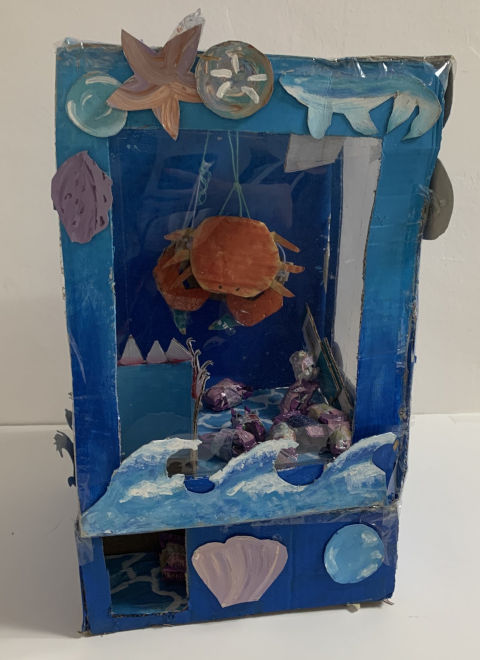 The Marine Claw by River Yap Ming Xuan and Christina Liu Siting
The Marine Claw by River Yap Ming Xuan and Christina Liu Siting
We have had over 1,200 children submit entries to our competitions and every year we are amazed at the quality of the submissions we get, especially from the younger children. We proudly display winning entries at our office reception as they contain powerful messages for adults and children alike.
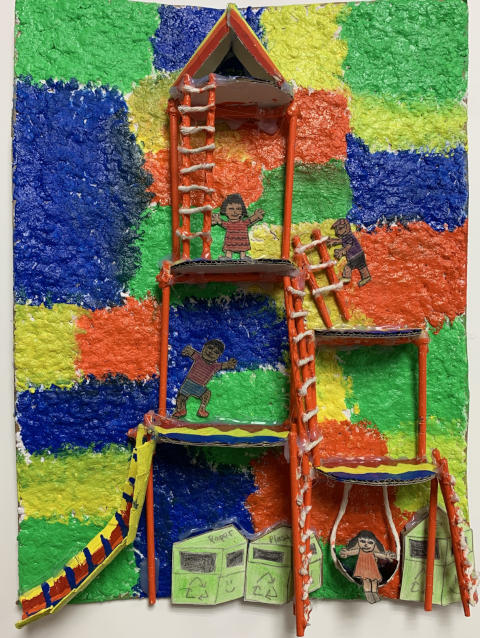 My Wonderful Playground by Tony Loo
My Wonderful Playground by Tony Loo
One memorable artwork is the ‘Marine Claw’. It was a prototype of a claw machine, which presented a crab caught in strings and living among waste material and reflects how our waste harms marine life. Another piece, ‘My Wonderful Playground’, showed a clean playground made from recycled materials. It demonstrated the child’s concern about the cleanliness of a space he held close to his heart – the playground.
It is heartening and inspiring to see just how creative, innovative, and passionate children are towards protecting the environment. The submissions demonstrate that young learners are able to formulate their opinions and solutions for a sustainable lifestyle.
Small, sustainable steps to inspire our children
Here are some sustainable habits that can be inculcated from a young age:
1. Teach children how to segregate waste by putting picture labels on coloured waste bins. Through sorting, they become aware of concepts such as “biodegradable” and the inability to be recycled. When they understand that single-use plastics cannot be recycled and will lead to unhealthy waste generation, they will learn to be more conscious of plastic usage.
2. Consistency is the gateway to teaching children about the importance and beauty of reusability. Regular art activities such as drawing or painting on reusable items develop creativity and a realisation of how upcycling can be part of our daily lives.
3. Our children are our own mirrors, they reflect what we do around them. When we as parents show that we reuse, or repurpose items, we introduce the concept of resource reduction or preservation through tangible deeds.
4. Lastly, we can demonstrate responsible and mindful purchasing to our children.
Let us inspire our children by teaching simple habits that will become the tools they need to #BeatClimateChange. Together we can Crea8 Sustainability for our future generations.
By Clare Savereux, Senior Manager, Regulations and Corporate Communications, PacificLight.
* * * * *
Like what you see here? Get parenting tips and stories straight to your inbox! Join our mailing list here.
Want to be heard 👂 and seen 👀 by over 100,000 parents in Singapore? We can help! Leave your contact here and we’ll be in touch.












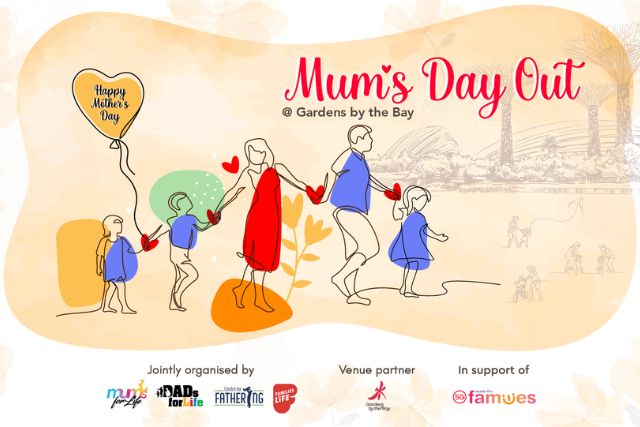







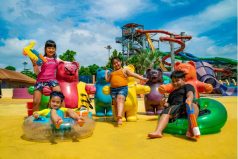
















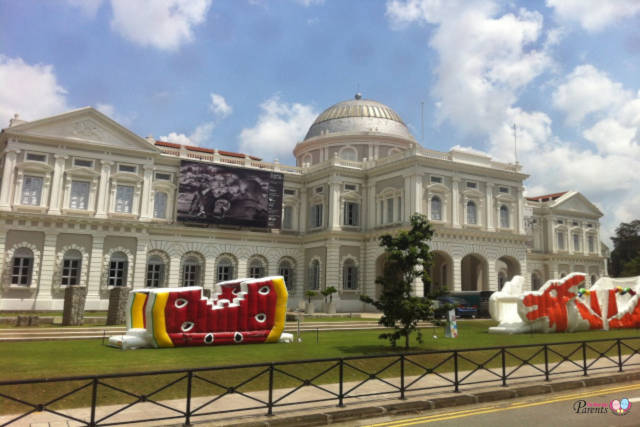
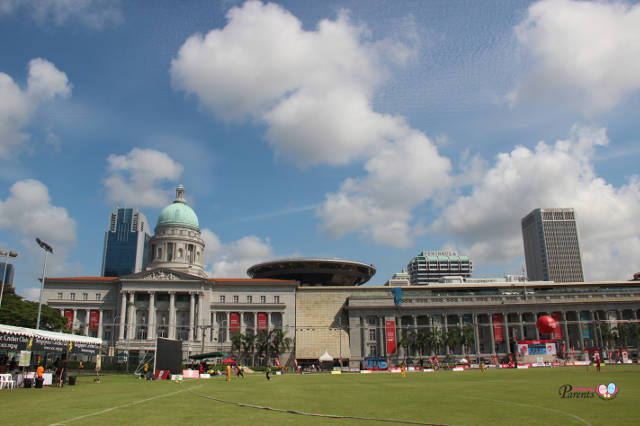
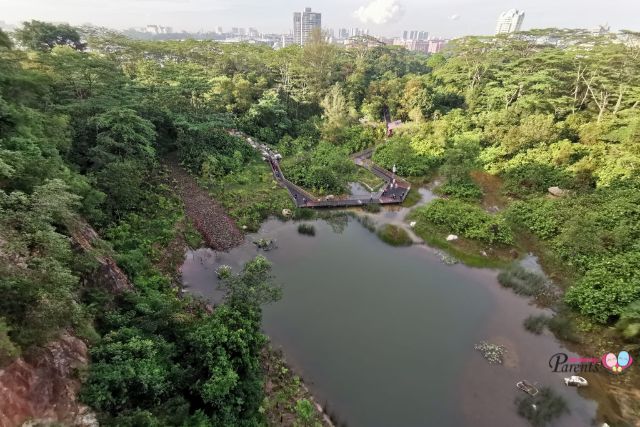
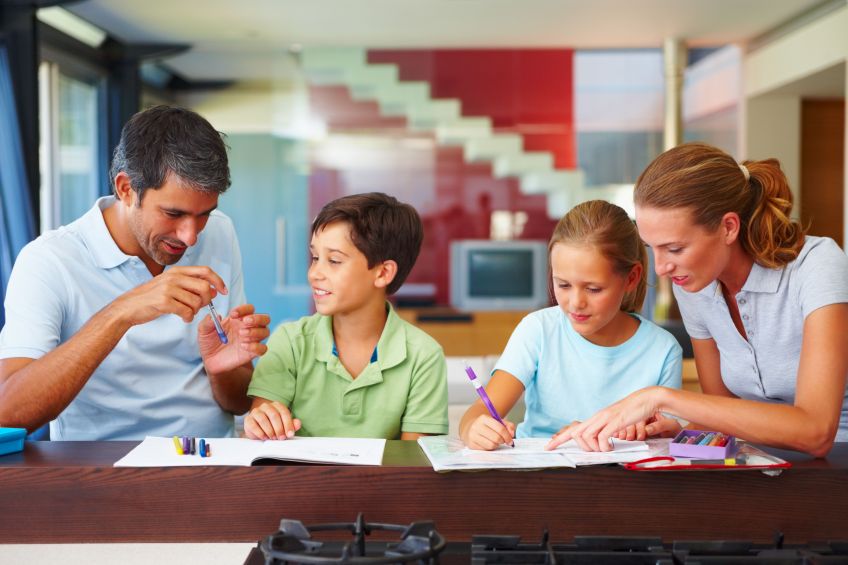
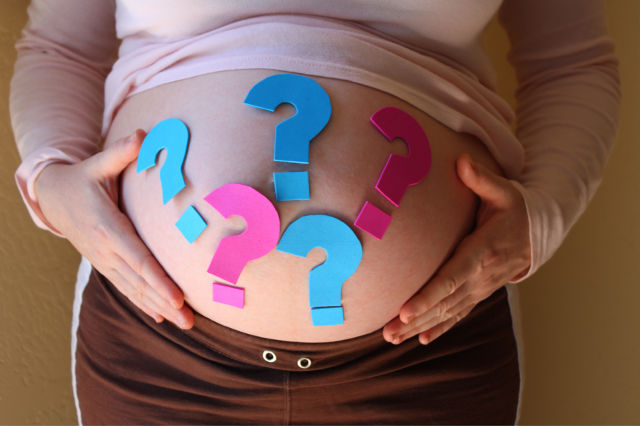
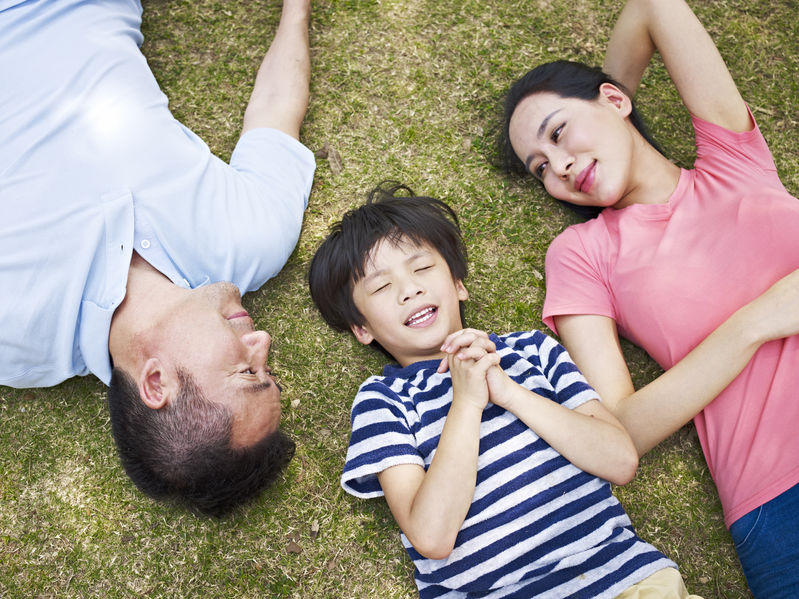
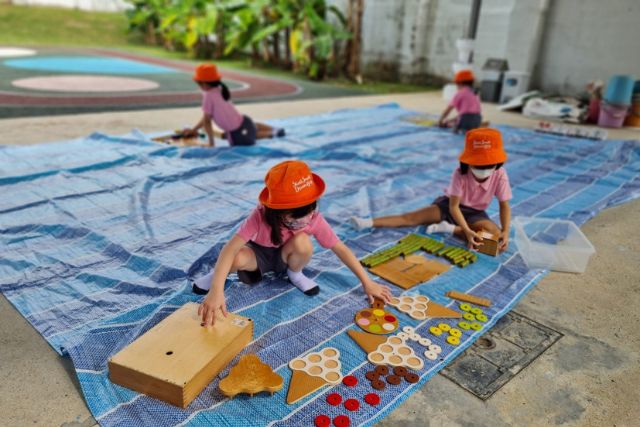
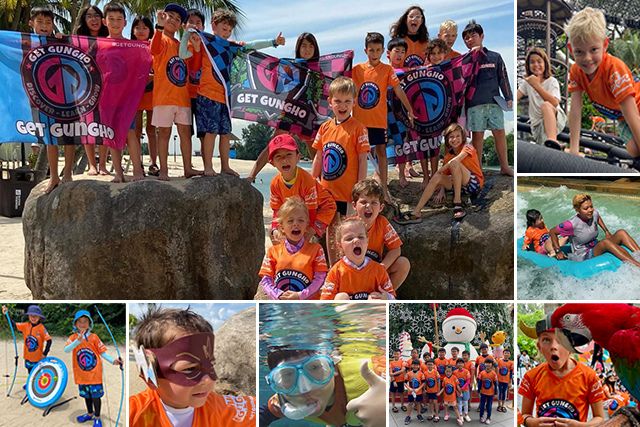
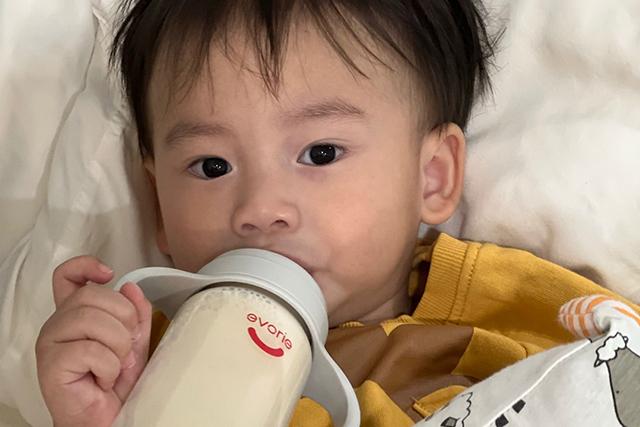
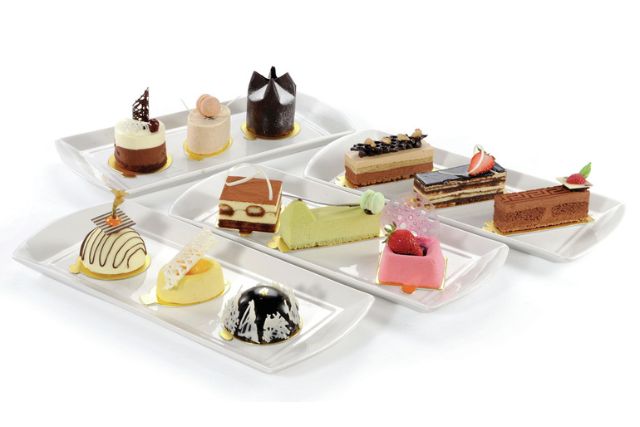
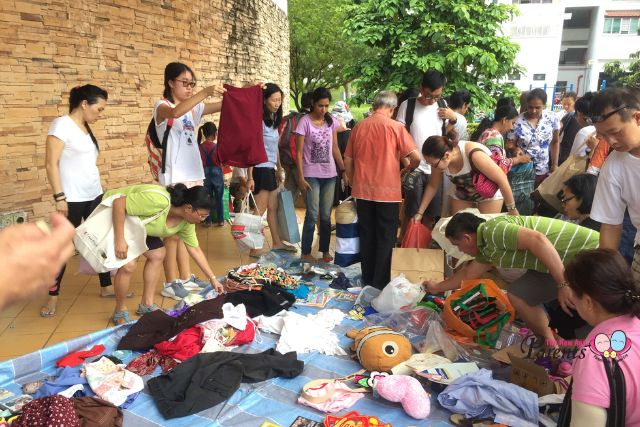
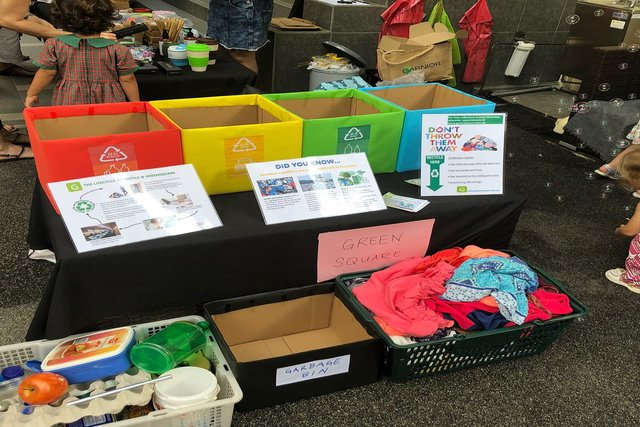
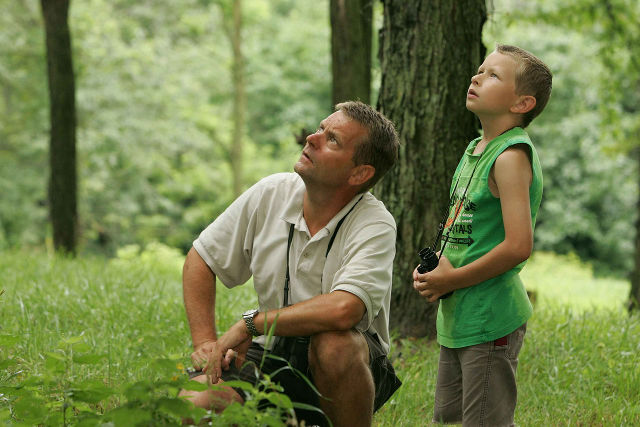









Leave a Comment: